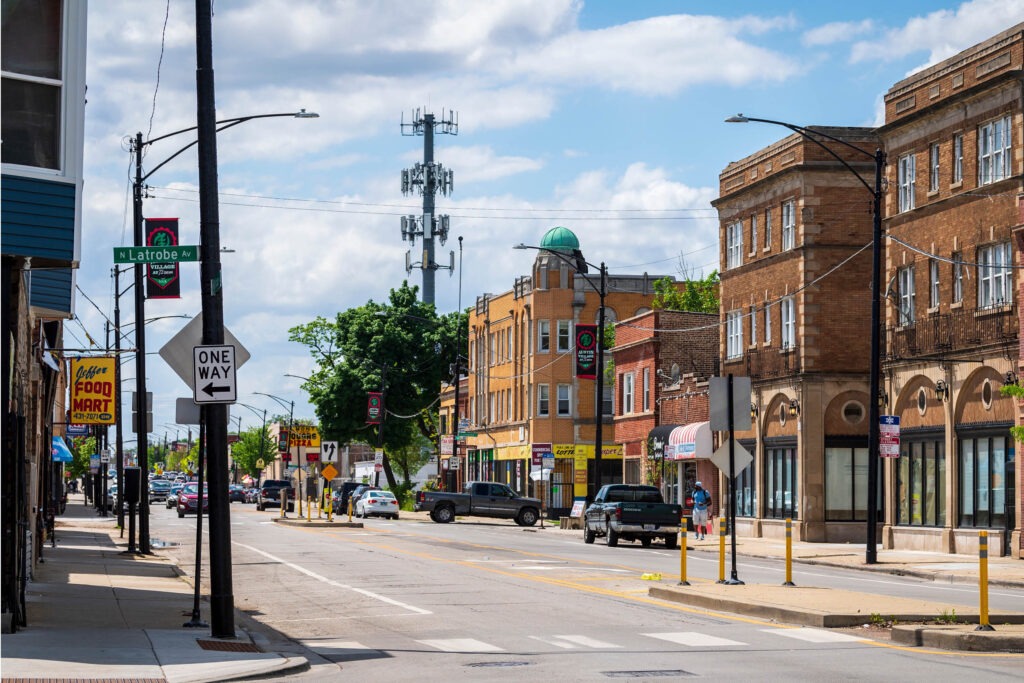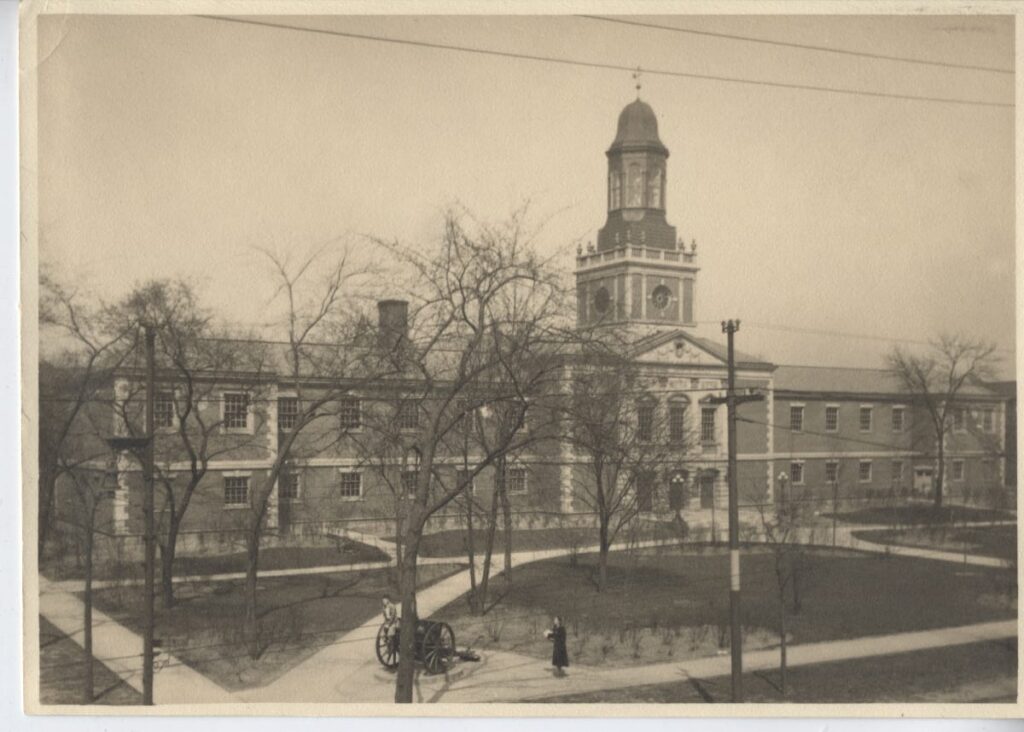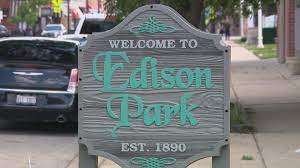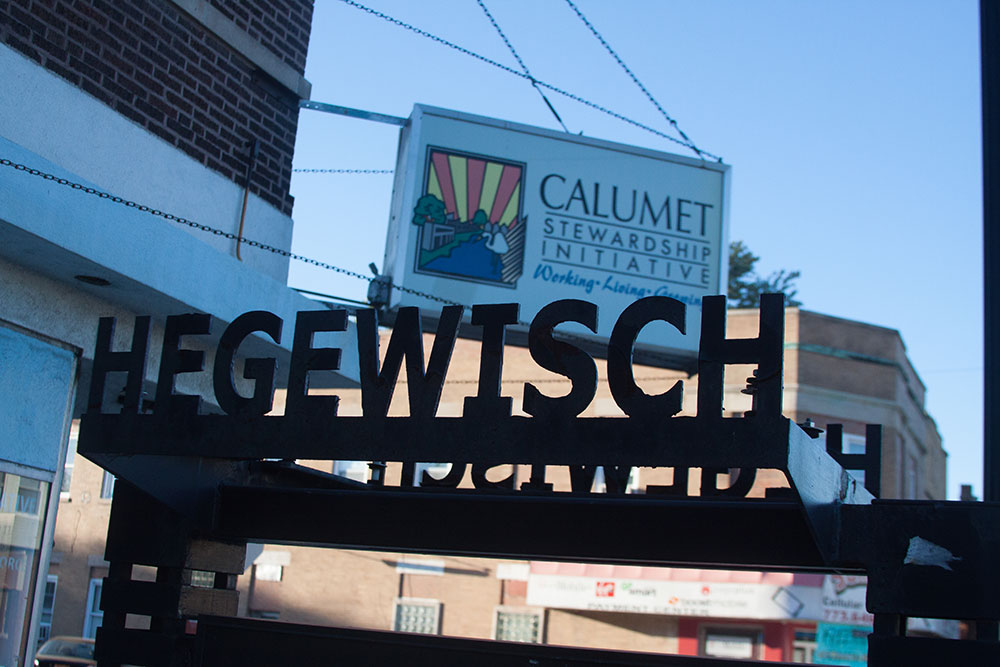Austin: A Deep Dive into its Rich History and Cultural Texture
Located in the heart of the great city of Chicago, Austin is a vibrant community that exudes a unique blend of historical charm and contemporary dynamism. As one of the 77 officially recognized community regions in the city, Austin resonates with an intriguing past, a lively present, and an exciting future.
Geographical Coordinates and Demographics
Situated on the west side of the city, Austin is the third-largest community area by population and the second-largest geographically. The neighborhood is bordered by the Belt Railway on the east, the Milwaukee District/West Line on the north, Roosevelt Road on the south, and Austin Boulevard on the west. The geographical domain of the area further extends towards Harlem Avenue and includes the northernmost part, north of North Avenue.
As per the latest statistics, Austin extends over a total area of 7.16 square miles and houses a population of approximately 96,557 residents. The area demonstrates a diverse racial composition with a majority of African-American inhabitants, followed by Hispanic, White, Asian and other ethnic groups.
A Glimpse into the Past: The Early Development of Austin
The historical canvas of Austin dates back to 1835, when Henry DeKoven bought prairie land in the region. The area saw the formation of the Town of Cicero in 1857, which included the modern-day Cicero, Oak Park, Berwyn, and Austin. The town’s governance was primarily in the hands of ten local citizens.
In 1865, Henry W. Austin, a businessman, and real estate speculator, purchased DeKoven’s land. The subsequent development of the Austinville subdivision led to a rapid increase in population, mainly due to the area’s attractive amenities and convenient access to suburban railroad service.
The Town of Cicero established its town hall in Austin in 1870. However, a significant shift in political power occurred over the following decades. Despite not being a majority, the densely populated area began to dominate town politics.

The Process of Annexation and Neighborhood Growth
The late 19th century was a period of significant change for the neighborhood. In 1899, a referendum allowed Chicago to annex the Austin area. Interestingly, the residents voted against the referendum, indicating a desire to maintain their independent, suburban identity.
Despite annexation, Austin continued to thrive. The early 20th century saw the development of substantial street railways, which attracted a large group of European immigrants to the community. By 1926, the area was home to an estimated 140,000 residents. Furthermore, the opening of the Austin Hospital in 1923 marked another milestone in the neighborhood’s growth.
The Eisenhower Expressway and Post-war Changes
The mid-20th century brought new challenges and changes for Austin. In 1949, the construction of the Eisenhower Expressway began, which bisected the southern part of Austin. The post-war period also saw a significant increase in the African-American population in the surrounding community areas of East Garfield Park, North Lawndale, and West Garfield Park.
The 21st Century Developments
Despite its tumultuous past, the 21st century brought a renewed sense of optimism to the neighborhood. In 1999, developers agreed to transform the abandoned Galewood rail yard into an industrial park, bringing new jobs and facilities to the neighborhood.
Austin Today: A Tapestry of Neighborhoods
Today, this community area is a mosaic of four distinct neighborhoods; Galewood, The Island, North Austin, and South Austin. Each of these areas contributes to the rich cultural texture of Austin and offers a unique set of amenities and attractions for its residents.
Education and Media
The area provides a wholesome environment for education with several high schools and a network of public libraries. The neighborhood is also served by three free weekly newspapers, providing residents with a comprehensive coverage of local news and events.
Politics and Notable Residents
The neighborhood has always been a stronghold for the Democratic Party. The area is represented by Democrats Jason Ervin, Chris Taliaferro, and Emma Mitts respectively at the local level. The neighborhood also boasts of several notable residents, including politicians, actors, musicians, and sports personalities.
This neighborhood, with its rich historical roots, diverse demographics, and vibrant cultural scene, continues to be an integral part of the city’s unique character. As the area strides towards the future, it carries with it a legacy that is deeply woven into the social and cultural fabric of Chicago.


